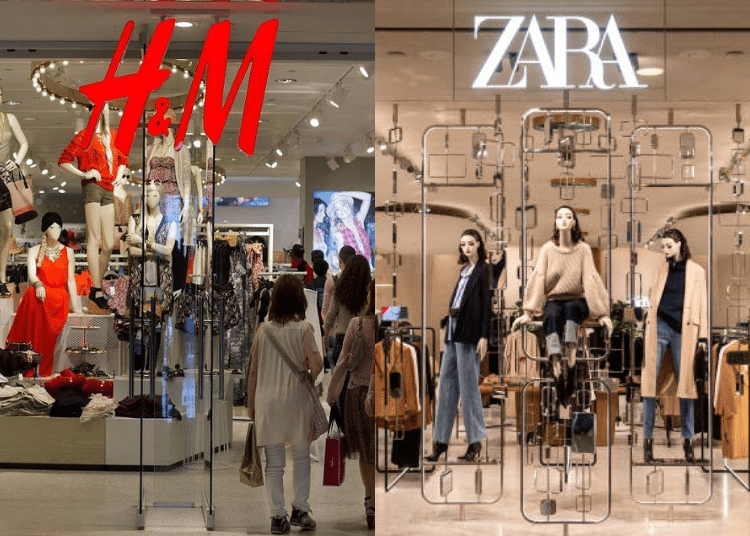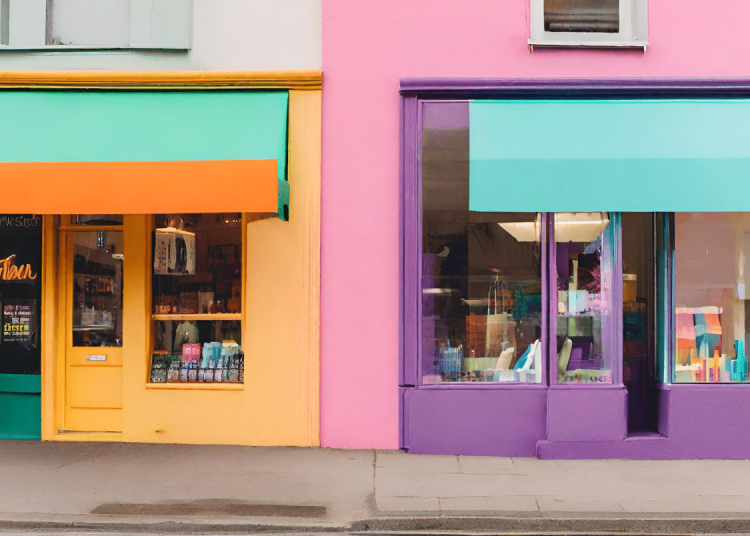In the fiercely competitive world of retail, strategic decisions can make or break a business, and location is the king. It’s a mantra that every business owner understands, but what happens when that ideal location includes your fiercest competitor? Is it a strategic move or a potential disaster waiting to happen? Let’s dive into the pros and cons of positioning your retail store next to a competitor in the same category.
Pros of Positioning Your Retail Store Next to a Competitor:
1. Increased Foot Traffic
One of the most significant advantages of situating your store next to a competitor is the potential for increased foot traffic. Customers looking for a particular product or service are more likely to visit an area known for a specific category of stores. This increased flow of potential customers can lead to higher visibility and sales.

Imagine strolling down a bustling street lined with coffee shops. If Starbucks is next to a local artisanal cafe, both establishments benefit from the foot traffic generated by caffeine-seeking customers.
2. Price and Product Comparison
When consumers have options side by side, they’re more likely to engage in price and product comparisons. This can be advantageous if your offerings stand out in quality or pricing. It can also help you identify areas of improvement in your product line or customer experience.
3. Stimulates Innovation and Adaptation
The presence of a competitor can be a powerful catalyst for innovation. It forces you to constantly reassess and improve your offerings, customer service, and marketing strategies to stay competitive. This continuous evolution can lead to a more robust, resilient business model.
Tech giants Apple and Microsoft often position their stores near each other in shopping malls. It creates a tech hub, attracting customers interested in the latest gadgets. The proximity fuels a sense of competition, pushing both brands to innovate.
Cons of Positioning Your Retail Store Next to a Competitor:
1. Intense Competition
While competition can be healthy, being close to a competitor can lead to intense rivalry. It can result in price wars, aggressive marketing campaigns, and potentially even a race to the bottom regarding profitability.

Two clothing retailers, Zara and H&M, may attract similar customer demographics. Placing them next to each other might lead to divided loyalty, where customers split their purchases between the two, potentially reducing overall sales for both.
2. Customer Confusion
Similar storefronts nearby can lead to customer confusion. If the branding, products, or services offered by both businesses are too similar, it might be challenging for customers to distinguish between them. It can lead to missed opportunities for both companies.
Placing an Apple Store next to a Microsoft Store can confuse consumer electronics customers. It could blur the distinct brand identities and product offerings, making it harder for customers to choose.
3. Lack of Unique Identity
Being in such proximity to a competitor can make it harder for your business to establish a unique identity. It’s essential to focus on what sets you apart- exceptional customer service, exclusive products, or a distinct brand personality.
If two niche stores, like specialty tea shops, are set up next to each other, they might limit their growth potential by saturating the market. It could lead to a plateau in sales and potentially stifle innovation.
In this fast-paced world, positioning your retail store next to a competitor in the same category can be a high-risk, high-reward strategy. It offers the potential for increased foot traffic and market validation. Still, it also comes with intense competition and potential customer confusion. Success in this scenario hinges on a clear understanding of your unique value proposition, a keen awareness of market dynamics, and a willingness to adapt and innovate.
With careful planning, differentiation, and a customer-centric approach, it’s possible to thrive even amid fierce competition. The key lies in using this proximity as a catalyst for growth and a platform for showcasing what truly sets your business apart.
Also Read: Difference Between Outlets And Retail Stores
















